To make a latte, you can't avoid using a portafilter machine. A real espresso is the basis for the popular drink. We'll briefly explain how to best prepare it here and in our detailed espresso brew guide.
What you need to make a latte:
- Portafilter machine with steam lance
- Coffee grinder
- Coffee beans
- Tamper
- Fine scale
- Milk jug
- Milk or milk alternative (we recommend oat milk)
- Two coffee cups
- Cloth
Everything there? Then it can go.
What is a latte?
A latte is a mixed coffee and milk drink. Exact information about the ratio of coffee and milk varies from country to country, as does the question of whether filter coffee or espresso belongs in the drink. We work with a cup with a total volume of 180 ml for 20 ml of espresso. This means we are closer to the Spanish cortado than to the traditional German Milchkaffee, although the former requires less milk.
Grind coffee, make espresso, prepare cold milk
The basis for every latte is an espresso, which you drink as a single shot until you have 20 ml of espresso in your cup. In order to achieve an optimal result, we always use the double sieve for our espresso. We grind 18 g of coffee with the same grind as for a normal espresso and fill it into the portafilter. Don't forget to level and tame! We place a coffee cup on a scale under the portafilter and another on the other side under the portafilter. If the scales show 19 g, we stop dispensing and wait until the coffee has flowed through. The processing time should be between 25 and 30 seconds.
After the espresso has been extracted, we take our milk jug and fill it with cold milk (to the bottom of the spout). We then open the steam lance for a brief moment to drain the condensation. Now we are ready to froth the milk.
Froth milk for latte
We position the head of the steam lance below the surface of the milk and open the steam tap completely. Pay attention to the order, otherwise milk will splatter. We grasp the front of the jug with one palm and hold it by the handle with the other hand.
The drawing phase begins and the first milk foam forms. We draw air into the milk and move the jug slightly downwards so that part of the steam wand head becomes visible. A scratching noise is made as the jug noticeably warms up.
This is followed by the rolling phase, in which the foam is compacted. We move the jug slightly upwards so that the head of the steam lance goes back under the surface of the milk while the milk is compressed in a rotating manner. As soon as the jug gets hot and it becomes uncomfortable to hold, we close the steam tap and put the milk jug aside. The milk should be at a temperature of around 65°C.
We now clean the steam wand of any milk residue with a cloth, as milk dries quickly. It's best to do this immediately after foaming. We briefly open the steam tap while holding the cloth under the lance head to remove any milk residue in the lance. The hot steam helps to clean the lance without leaving any residue.
We then take the milk jug and tap it on the work surface to remove any large foam bubbles. Then we swirl it to keep the milk foam homogeneous.
To ensure that milk frothing is successful, we pay attention to: the position of the steam head in the milk, the angle of the jug and the angle of the jug in relation to the steam lance. The following four tips will help:
- Orient the steam wand so that it is facing you and at a 45° angle.
- Position the jug so that the steam head is in the middle of the milk.
- Tilt the bottom of the jug slightly to the left.
- The steam head should now be about ⅓ away from the right edge of the jug.
Add milk to the espresso
To ensure that the espresso has a balanced taste and a nice velvety texture, there are also a few things to consider when pouring the milk. After we have frothed our milk, we take the espresso cup and hold it at a slight angle, either by the base of the cup or by the handle. We then pour the milk at an angle of 90 degrees to the handle.
Meanwhile, we make sure that the spout of the milk jug is about a hand's width away from the cup and that a constant, thin stream of milk is created. This means that the milk foam stays under the crema of the espresso and the crema retains its beautiful color. To distribute the milk evenly, we make circular movements while pouring until the cup is filled. The milk foam disappears under the crema of our espresso. The latte is ready!
If you are interested in latte art and want to know how to decorate your latte with a heart, read our blog article on latte art.
Where does coffee with milk come from?
Coffee with milk is one of the oldest mixed coffee drinks in the world. The first document of milk in coffee is attributed to the Dutch globetrotter Johan Nieuhof. He is said to have experimented with coffee and milk in the 17th century. What began as an experiment has developed over the centuries into the culture of many countries, all of which interpret coffee with milk slightly differently.
Where does coffee with milk get its name?
The naming of coffee with milk in Germany is very descriptive. Milk and coffee – so far, so clear. Things are different with our German-speaking neighbors: the Swiss call their milk coffee Schale, the Austrians Melange. In France the drink is called café au lait, in the Netherlands koffie verkeerd, in Italy caffè latte. Sometimes it is prepared with filter coffee and sometimes with espresso. Do you know any other terms for coffee with milk? Write them to us in the comments.
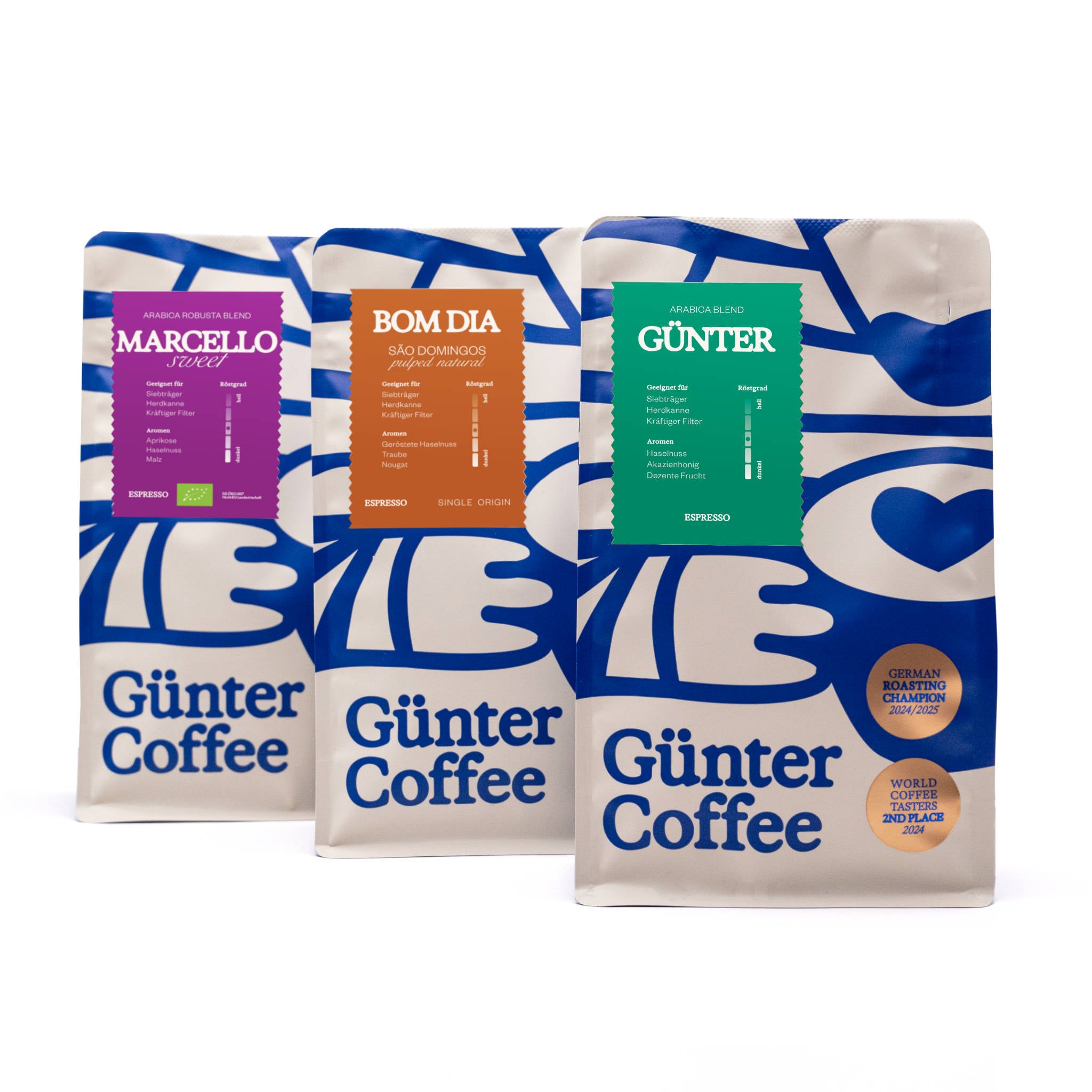

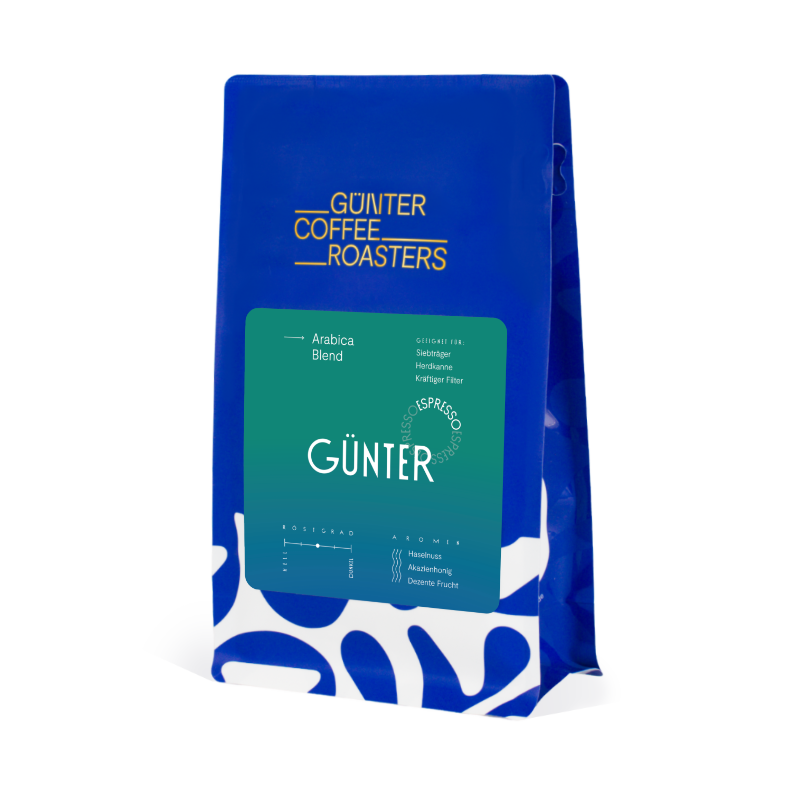

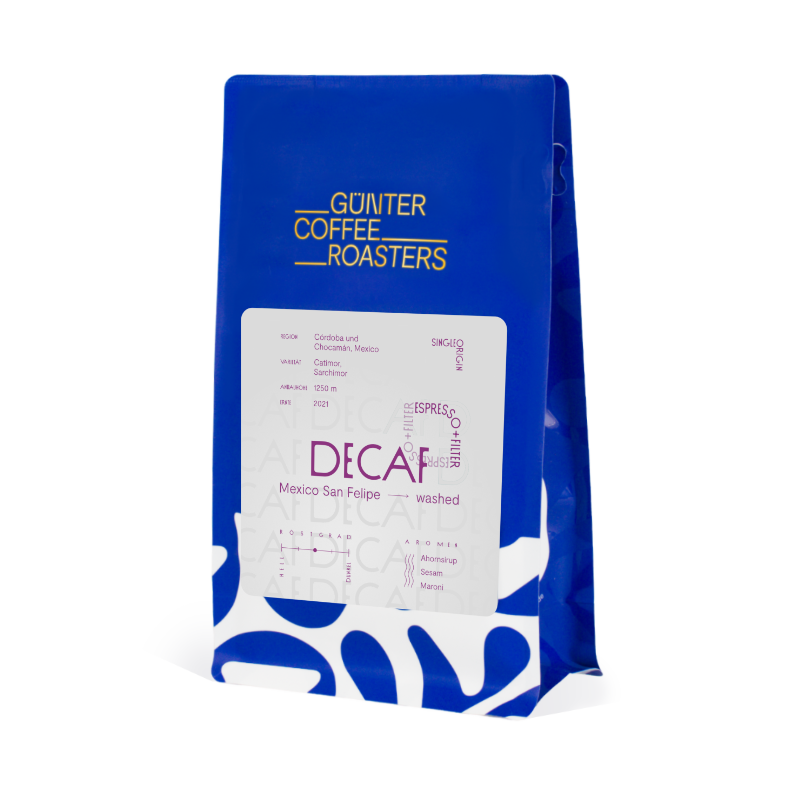

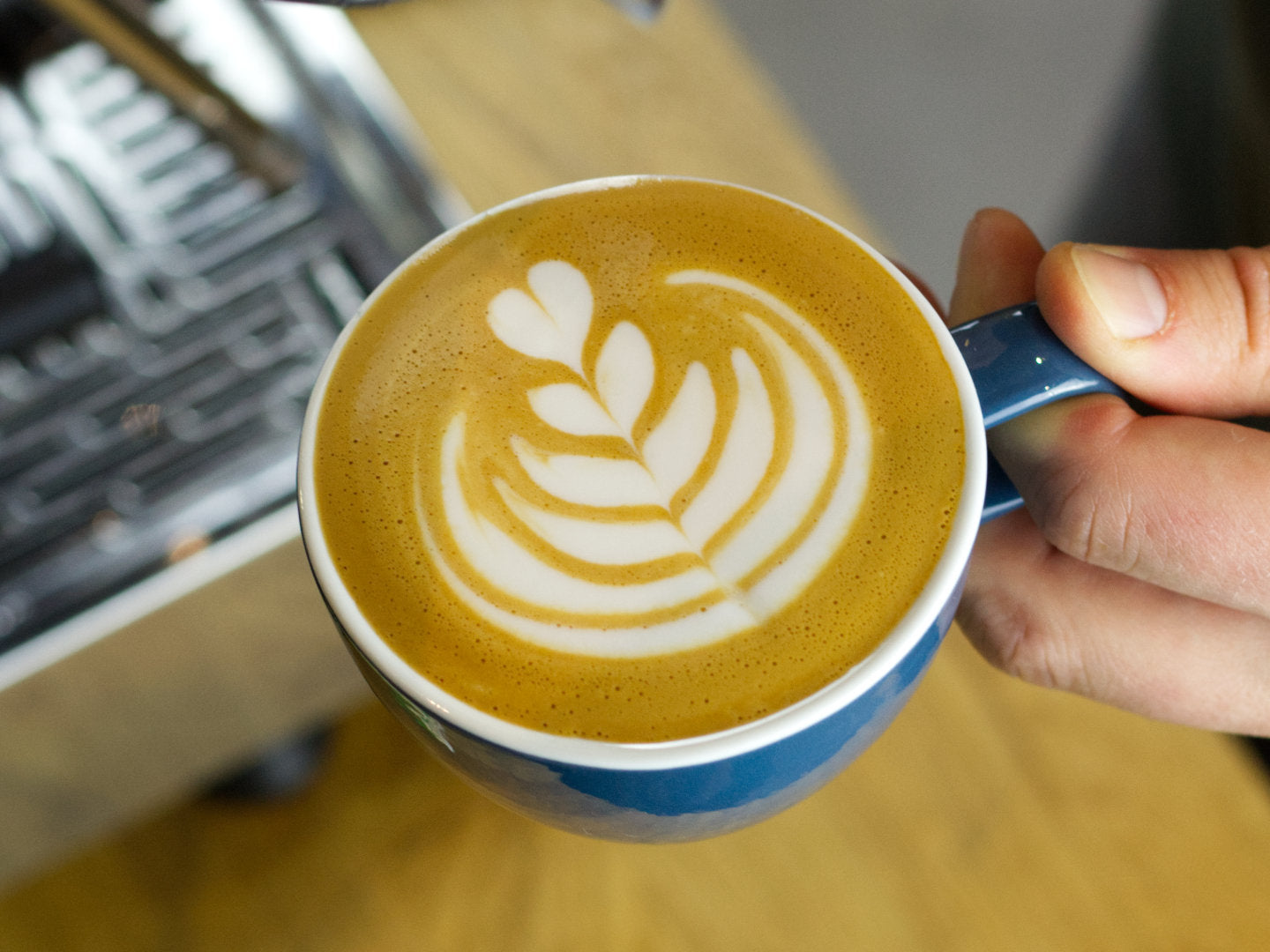

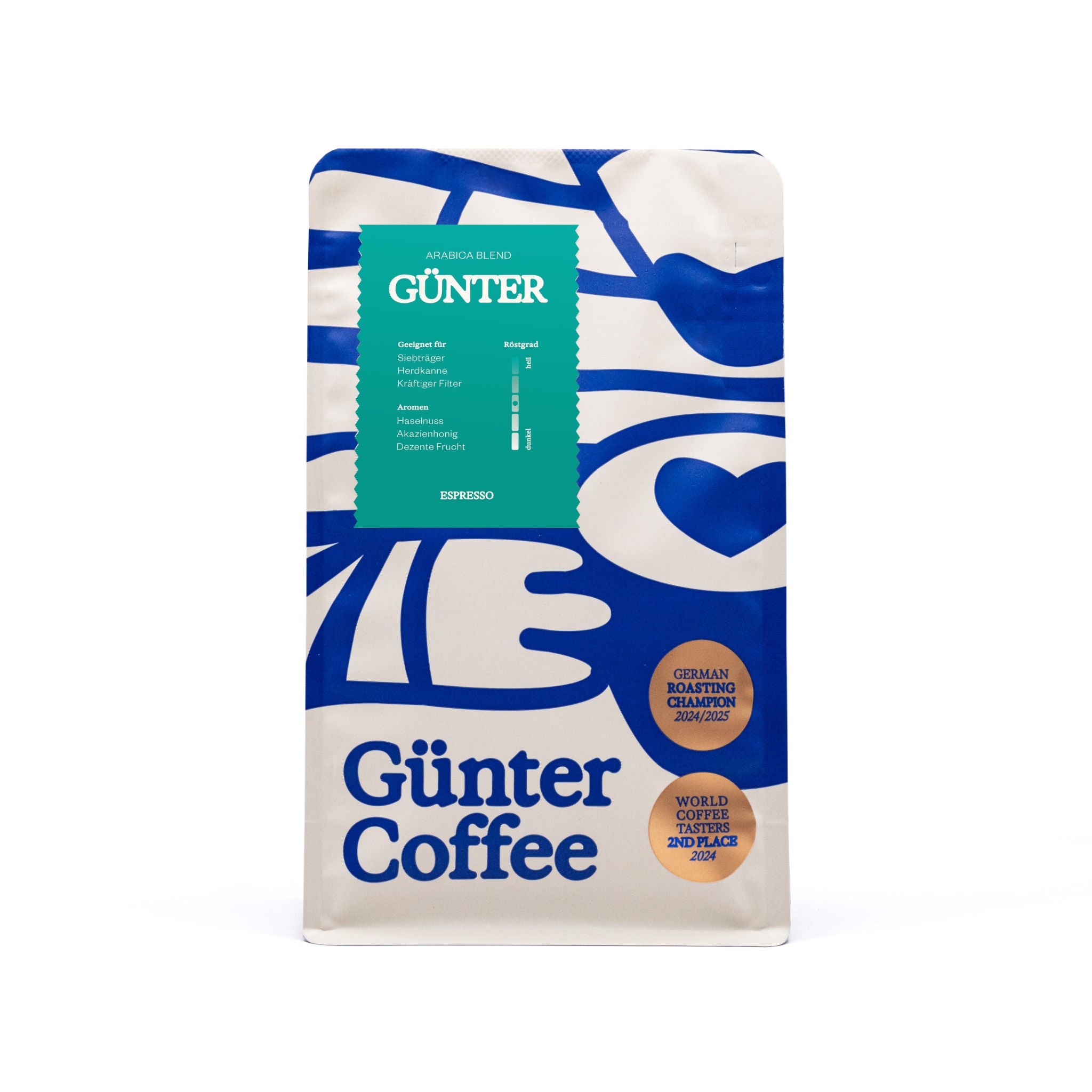
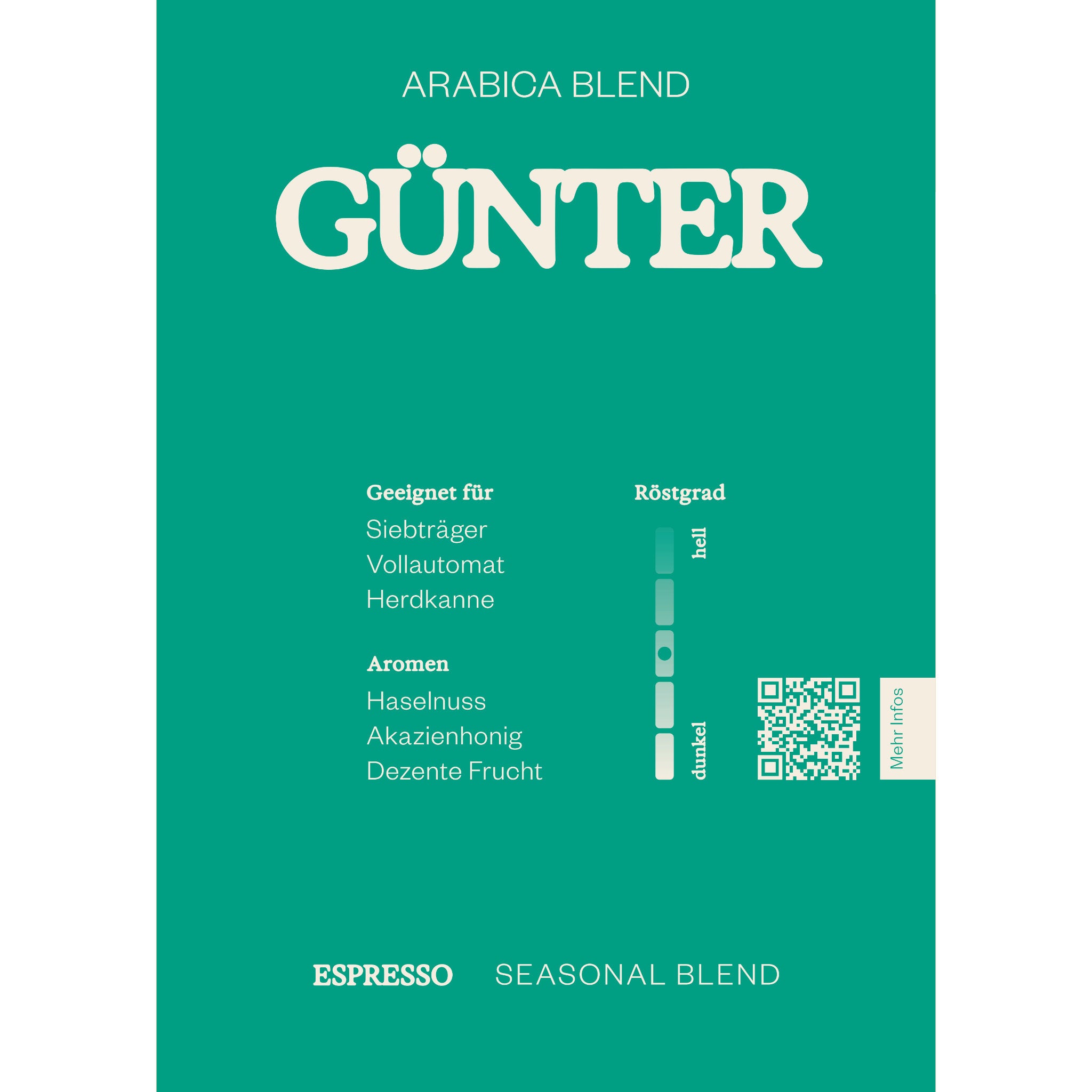

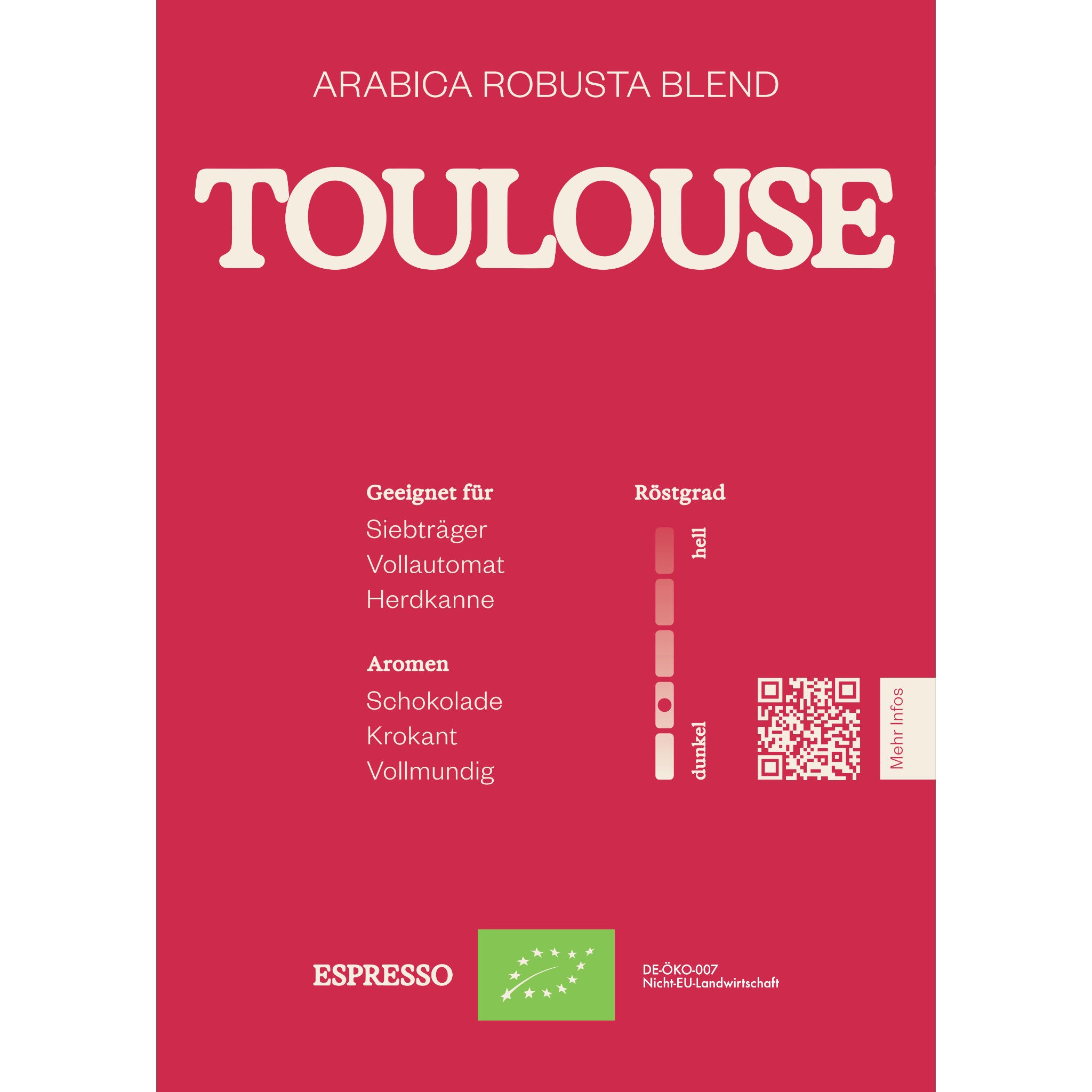

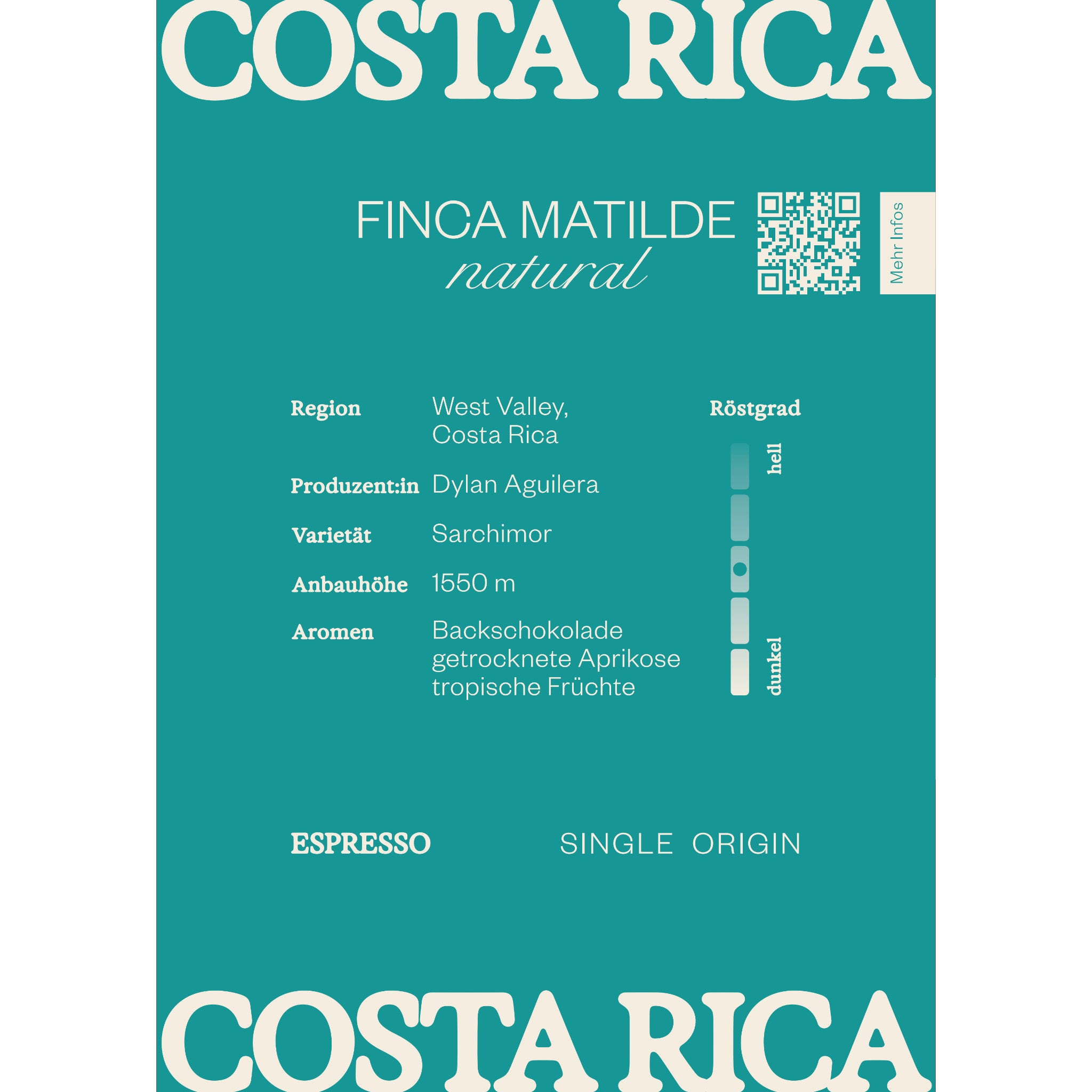
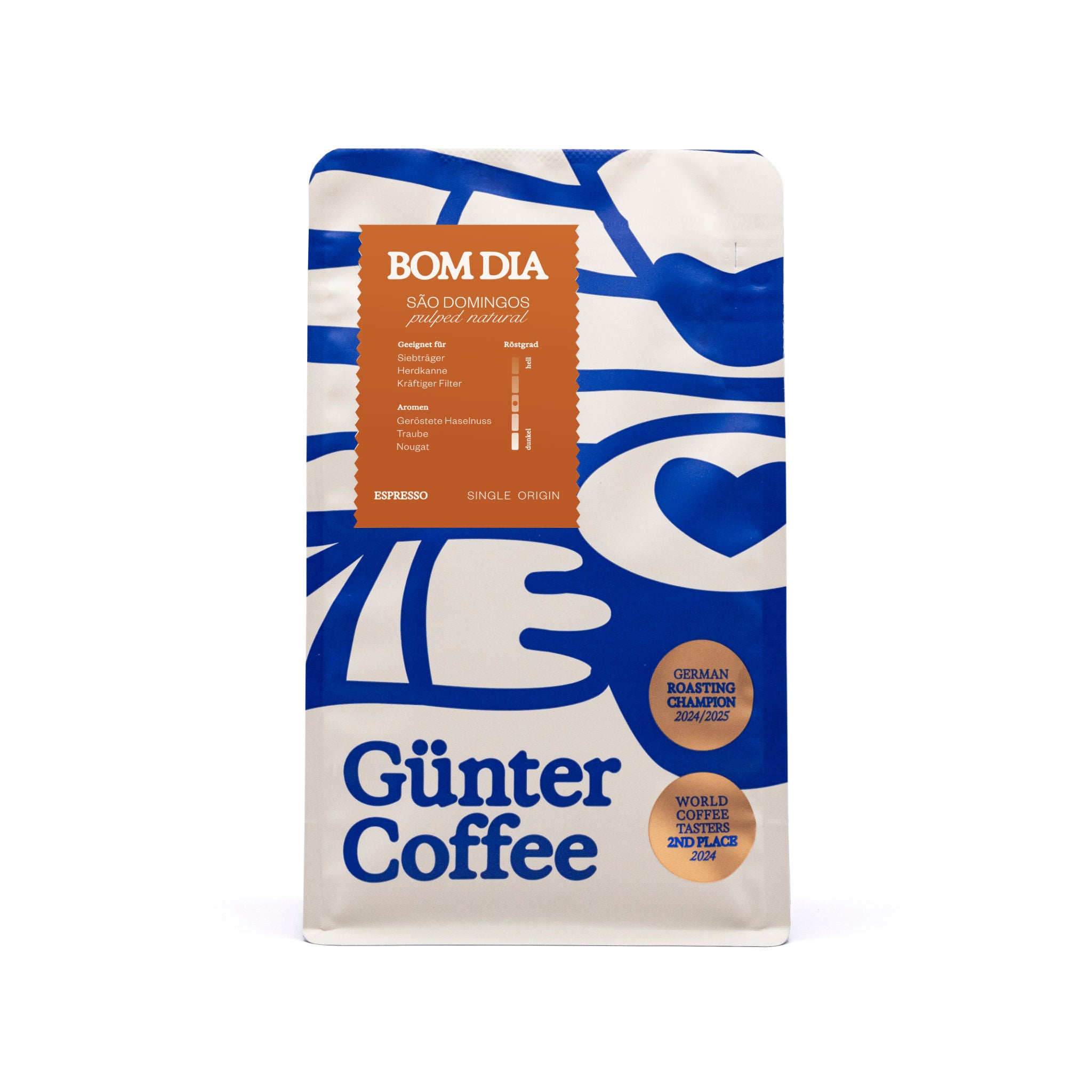


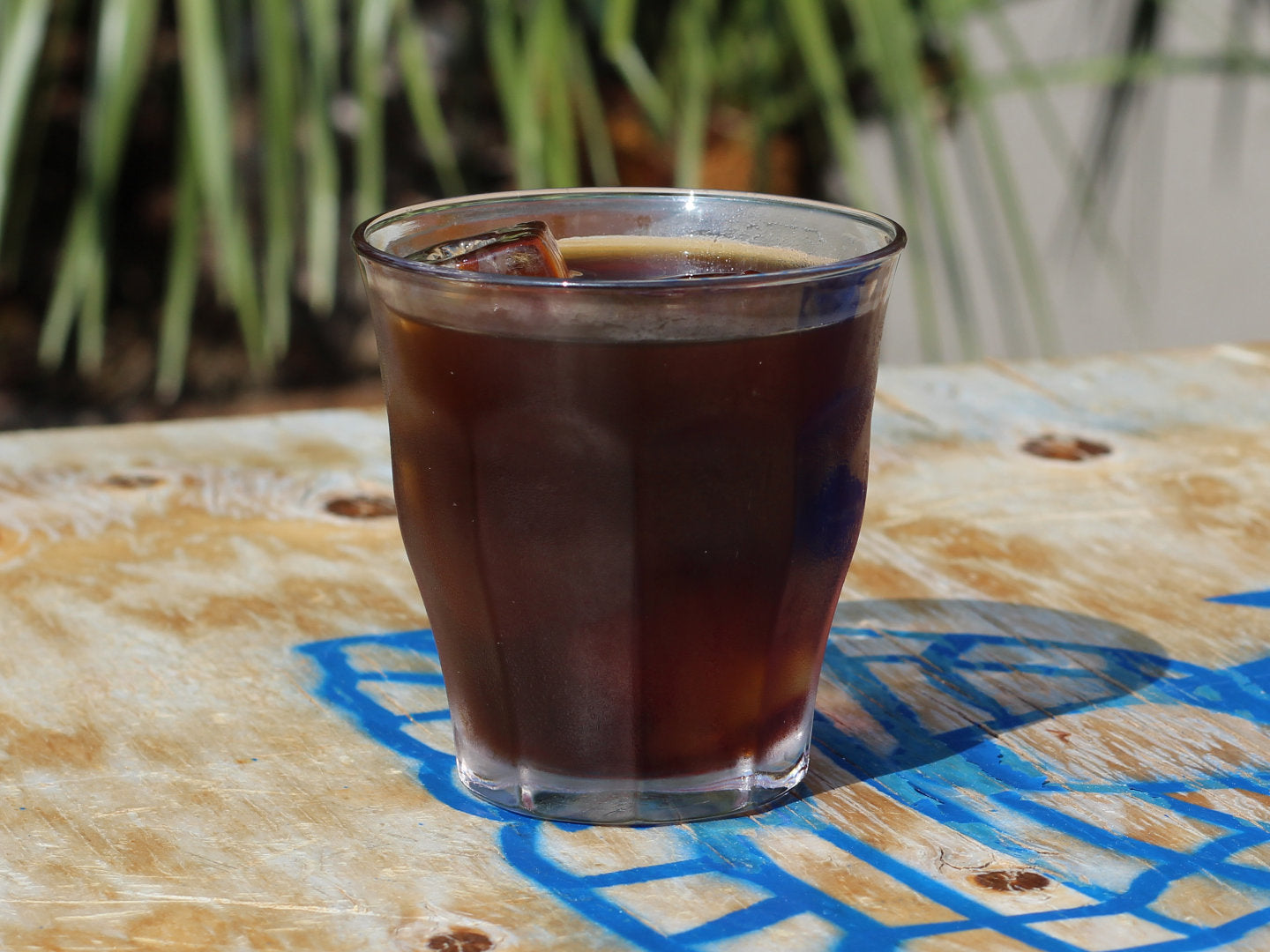
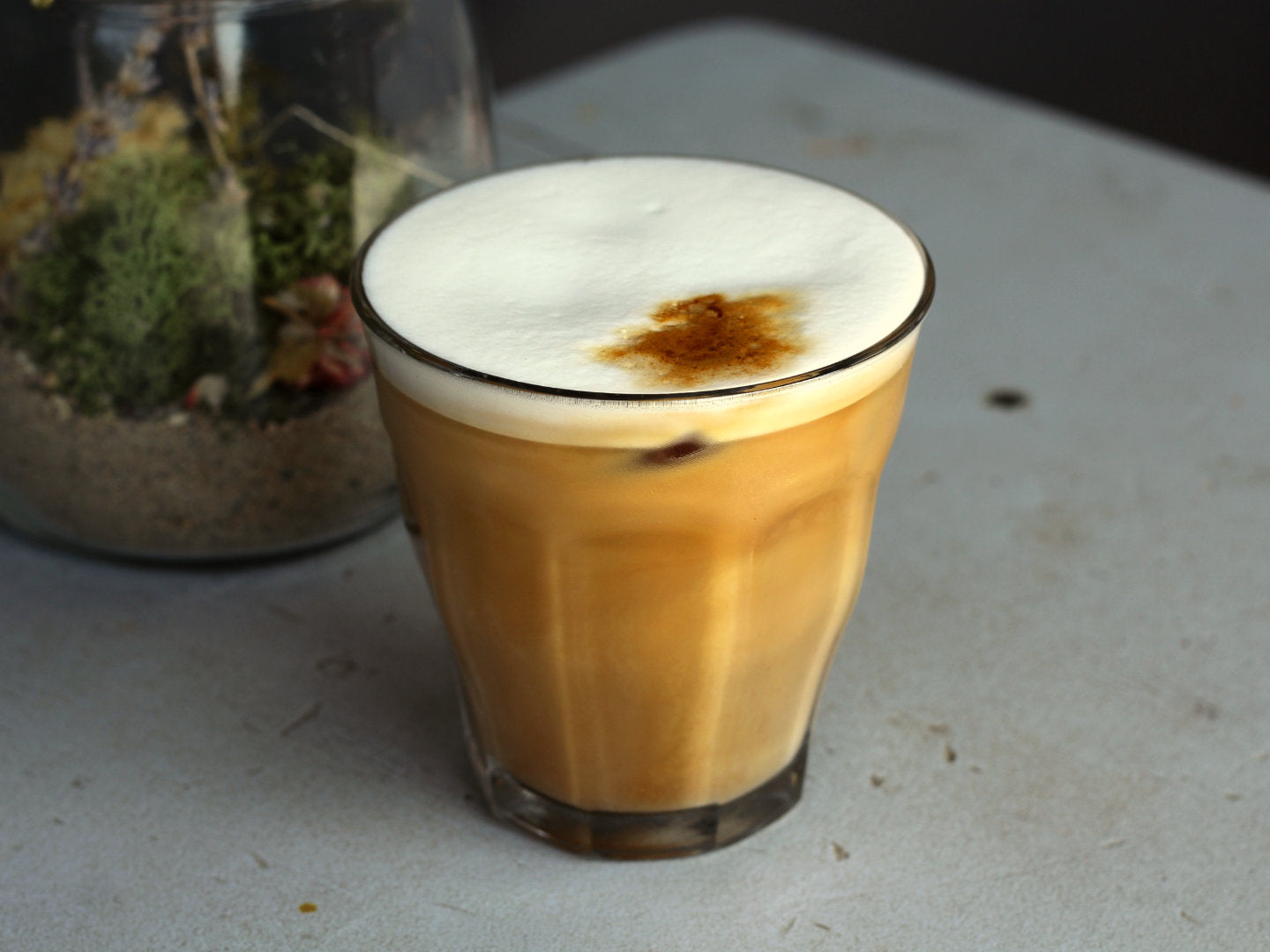




1 comment
Konrad
In Spanien trinken wir am liebsten “Cafè con Leche”
In Spanien trinken wir am liebsten “Cafè con Leche”